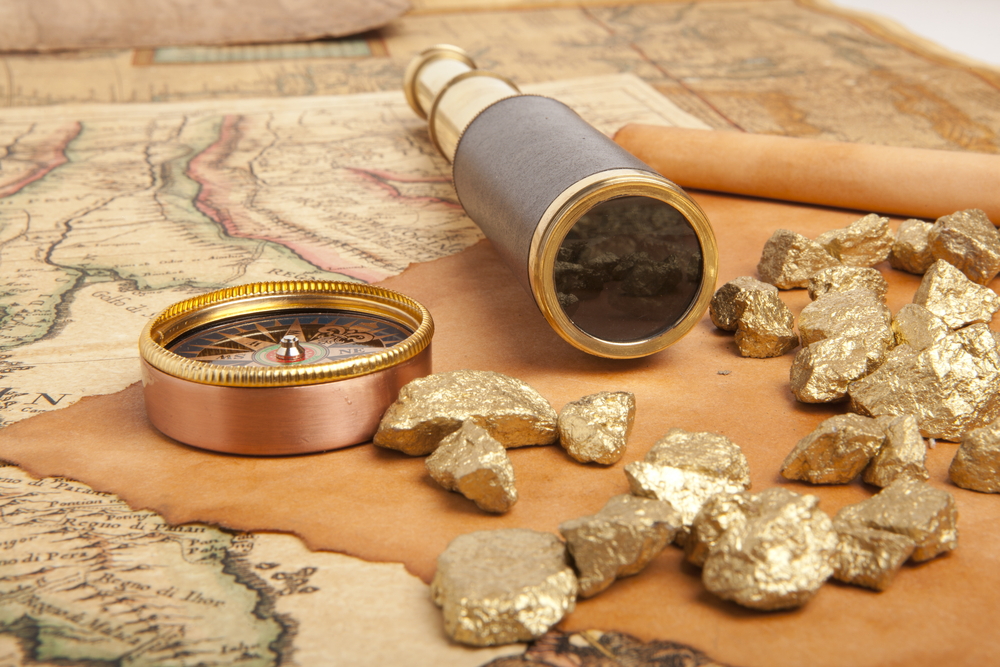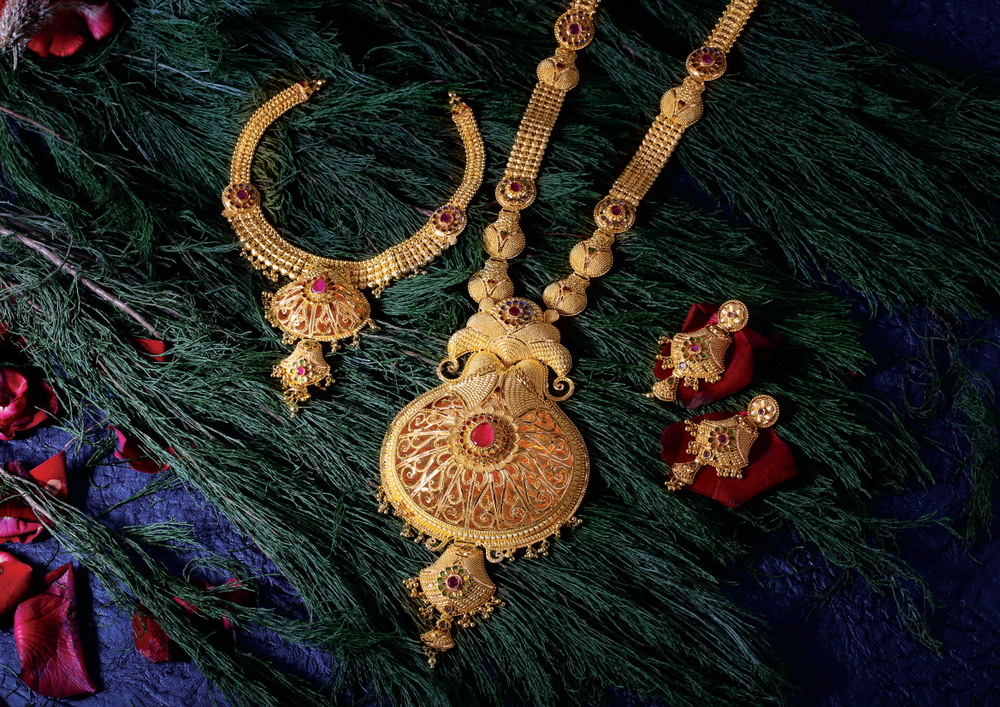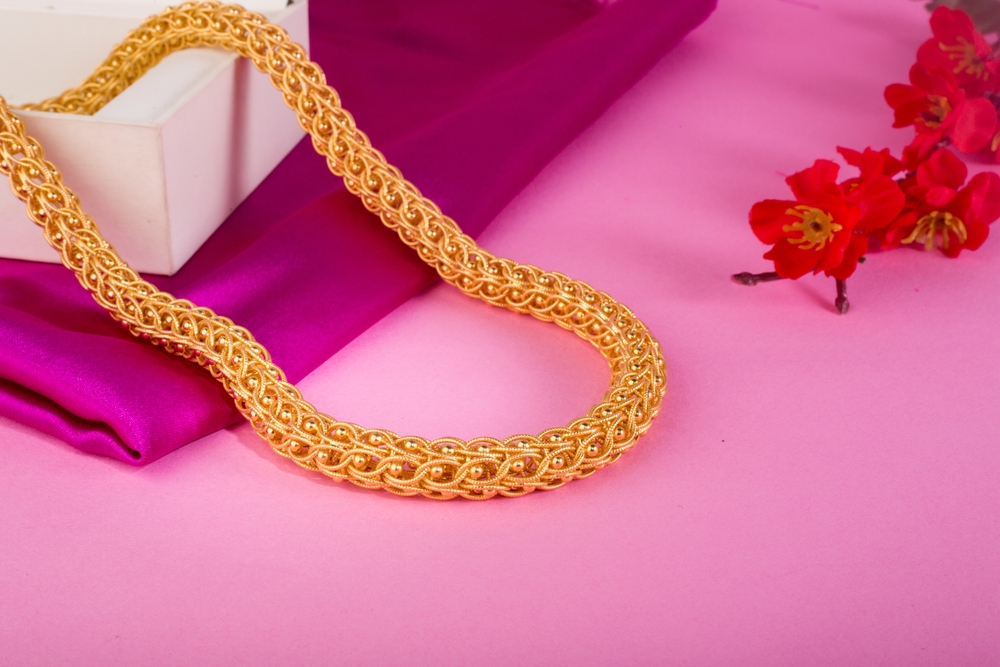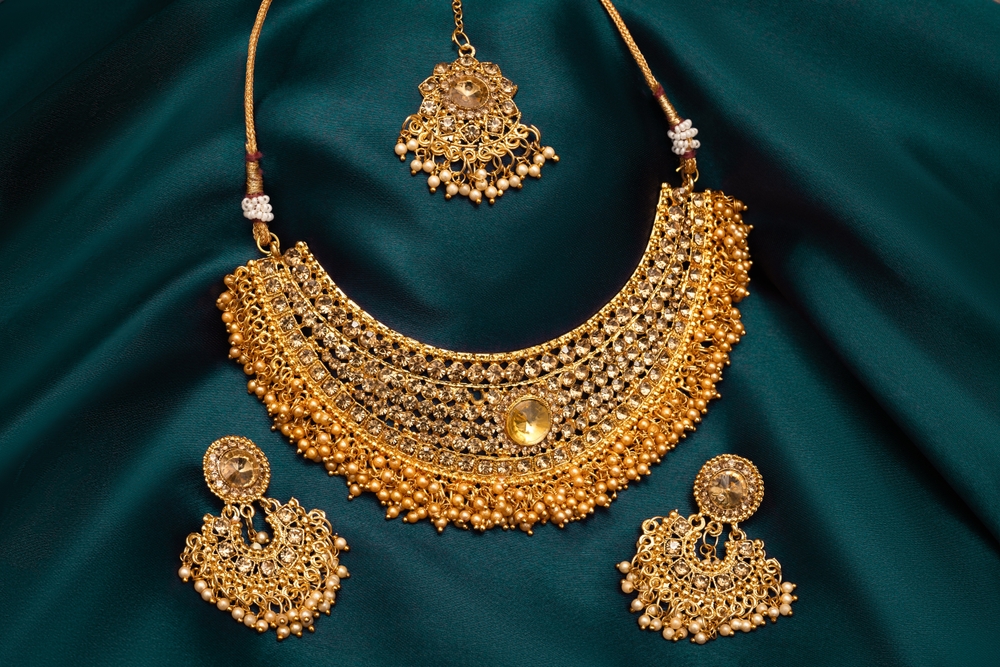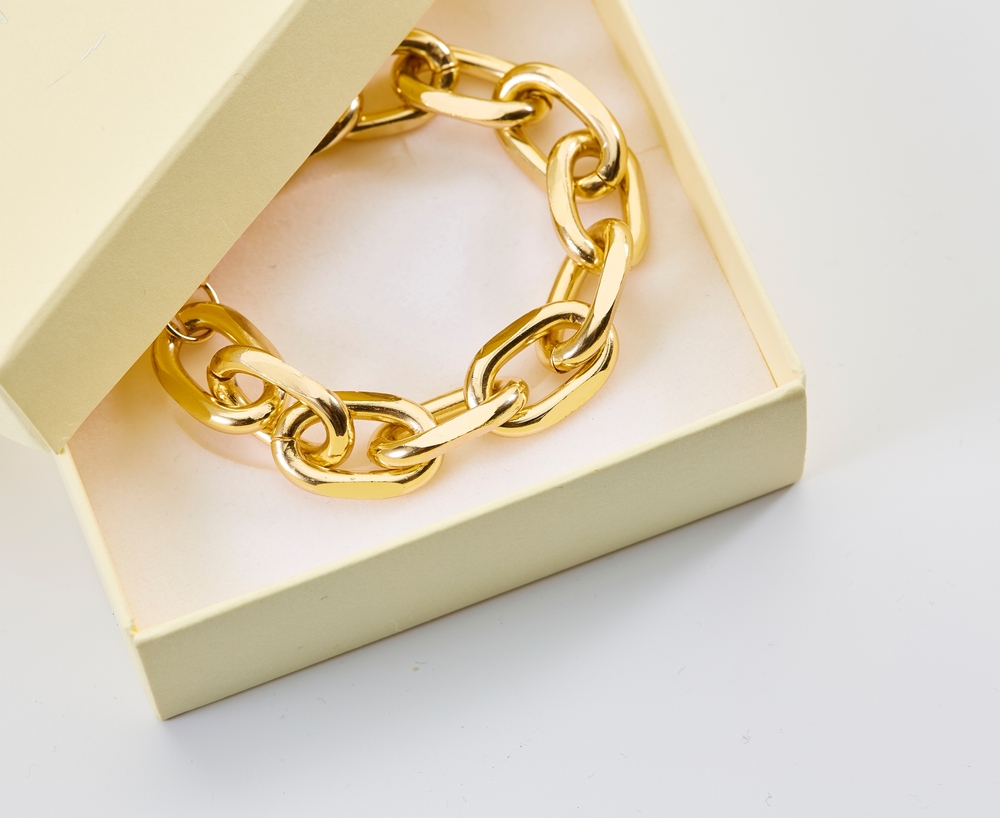Introduction
The history of gold spans thousands of years, making it a coveted metal that has captivated human imagination and driven economic systems. From ancient civilizations to modern markets, gold has played a significant role in shaping human history. In this blog, we will look into the fascinating history of gold, exploring its uses, symbolism, and impact on various cultures and economies.
Unearthing Ancient Treasures
The earliest known use of gold dates back to around 4000 BC in modern-day Eastern Europe, where it was used to create decorative objects. The ancient Mesopotamians, Egyptians, Greeks, and Romans all valued gold for its beauty, rarity, and durability. Gold was used to create stunning jewellery, decorate royal burials, and even serve as a medium of exchange, making it a crucial part of the history of gold.
Mesopotamian Gold: Currency and Symbolism
In Mesopotamia, gold was used as a standard unit of currency, with the shekel, a coin made from electrum (an alloy of gold and silver), becoming the standard unit of measure in the region. The Babylonians developed the fire assay, a method still used today to test gold purity, which further solidified gold’s importance in trade and commerce. This early use of gold in Mesopotamia is a significant chapter in the history of gold.
Egyptian Gold: Divine Power and Royal Burials
In ancient Egypt, gold was associated with divine power and was used extensively in royal burials. The Egyptians developed advanced techniques for extracting gold from the Nile Valley, and gold was used to create elaborate jewellery and decorations for pharaohs and nobility. The use of gold in Egyptian funerary practices symbolized the eternal life and divine connection of the deceased, making it a vital part of the history of gold.
Gold in the Classical World
Greek Gold: Cultural Flourishing and Monetary Stability
In ancient Greece, gold was used to create stunning works of art and architecture, reflecting the cultural flourishing of the time. The Greeks also developed a gold standard, where gold was used as a medium of exchange and a store of value. This monetary stability allowed for economic growth and trade, further solidifying gold’s importance in the history of gold.
Roman Gold: Empire-Building and Coinage Mastery
The Romans, known for their engineering and architectural prowess, also mastered the art of coinage. They developed a gold standard where gold coins were used to finance their vast empire. The Roman gold coin, the aureus, became a symbol of Roman power and wealth, and its value was recognized across the empire. This mastery of coinage is a significant chapter in the history of gold.

The Medieval Gold Rush
Byzantine Gold: Constantinople’s Gilded Legacy
During the Byzantine Empire, gold was used extensively in art, architecture, and coinage. The city of Constantinople became a center of gold production and trade, with gold being used to decorate the city’s magnificent buildings and to finance the empire’s military campaigns. This golden legacy is an important part of the history of gold.
Islamic Gold: Silk Roads and Dinar Dominance
In the Islamic world, gold was used to create stunning works of art and architecture, reflecting the cultural and economic flourishing of the time. The dinar, a gold coin, became a widely recognized medium of exchange, facilitating trade along the Silk Roads. This use of gold in Islamic trade is a significant chapter in the history of gold.
The Age of Exploration and Colonization
Spanish Conquistadors: New World Gold and Conquest
During the Age of Exploration, Spanish conquistadors discovered vast gold reserves in the New World, leading to a gold rush that fueled their conquests and colonization of the Americas. The Spanish used gold to finance their military campaigns and to establish trade routes. This New World gold rush is a pivotal moment in the history of gold.
Gold Rushes: Tales of Fortune and Frontier Expansion
The gold rushes of the 19th century in California and Australia drew thousands of prospectors, leading to the expansion of the American and Australian frontiers. Gold was used to finance the construction of infrastructure, such as roads and railroads, and to establish trade routes. These gold rushes are a testament to the enduring attraction of gold and its role in shaping the history of gold.
Gold in the Modern Era
Gold Standards: Economic Frameworks and Stability
In the modern era, gold has continued to play a significant role in economic systems. The gold standard, where gold is used as a medium of exchange and a store of value, has been used by various countries to stabilize their economies. The value of gold has been recognized globally, making it a widely accepted medium of exchange. This continued importance of gold in modern economies is a testament to its enduring value and its place in the history of gold.
Digital Gold: ETFs, Futures, and Cryptocurrency Integration
In recent years, gold has been integrated into digital markets through the use of ETFs (exchange-traded funds), futures contracts, and cryptocurrencies. This integration has made gold more accessible and liquid, allowing investors to easily buy and sell gold. This digital gold is a new chapter in the history of gold, reflecting its adaptability and enduring appeal.
Conclusion
The history of gold is a fascinating and enduring tale, spanning thousands of years and multiple civilizations. From ancient uses to modern applications, gold has captivated human imagination and driven economic systems. Its uses, symbolism, and impact on various cultures and economies have been diverse and profound, making it a truly unique and valuable metal.
The fascinating history of gold is a testament to its enduring value and significance. If you’re interested in exploring the rich heritage of this precious metal, visit Aarchievgold Jewellers, where our expert craftsmen and curators can guide you through the timeless attraction of gold.
FAQs
What is the earliest known use of gold?
The earliest known use of gold dates back to around 4000 BC in modern-day Eastern Europe, where it was used to create decorative objects.
How did the ancient Egyptians use gold?
In ancient Egypt, gold was associated with divine power and was used extensively in royal burials. The Egyptians developed advanced techniques for extracting gold from the Nile Valley, and gold was used to create elaborate jewellery and decorations for pharaohs and nobility.
What was the significance of the gold standard in the classical world?
The gold standard, where gold was used as a medium of exchange and a store of value, allowed for economic growth and trade in ancient Greece and Rome.
How has gold been integrated into modern digital markets?
In recent years, gold has been integrated into digital markets through the use of ETFs (exchange-traded funds), futures contracts, and cryptocurrencies.

